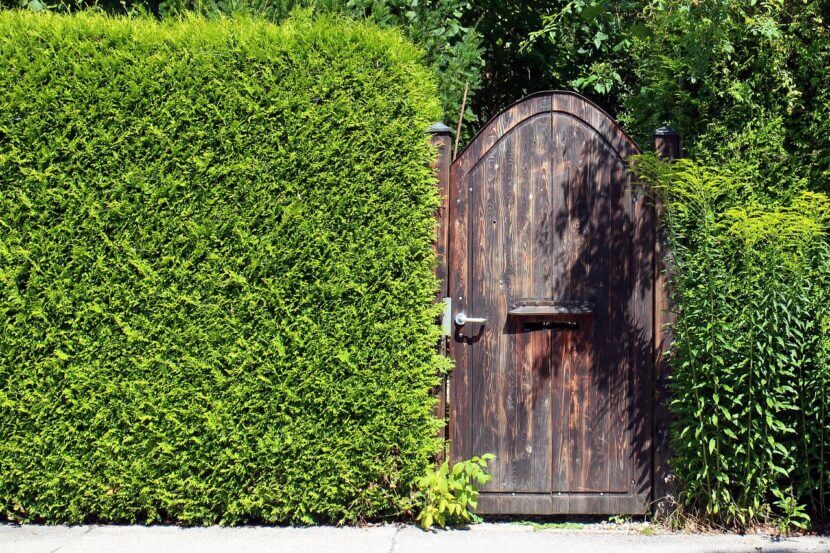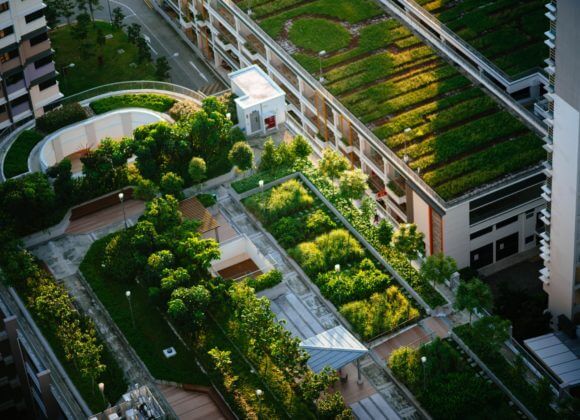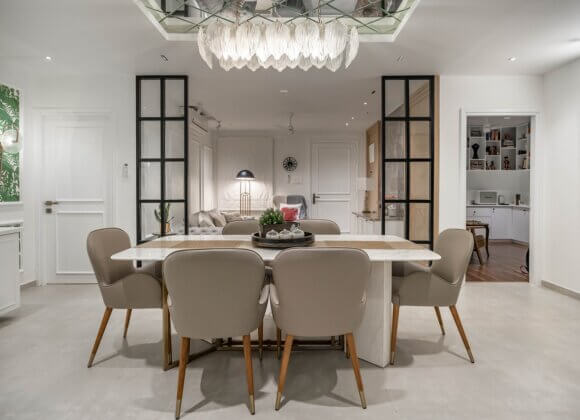A well-designed garden not only offers space for rest and relaxation, but also a private outdoor retreat. Particularly in densely built-up areas, privacy screens are an essential component in maintaining privacy. The spectrum ranges from natural solutions to wood and robust stone constructions. But in addition to aesthetics, legal aspects also play a role – especially when it comes to building height and the relationship with neighbors.
Wooden privacy screen
Wood is particularly popular because of its natural look and warm appearance. It is easy to work with and can be individually designed, offering scope for creative garden concepts. Wood also offers effective protection from wind and prying eyes. The disadvantage: wood is susceptible to weathering and therefore requires regular maintenance. Without appropriate treatment with glazes or oils, the material can quickly look dilapidated or become infested with pests.
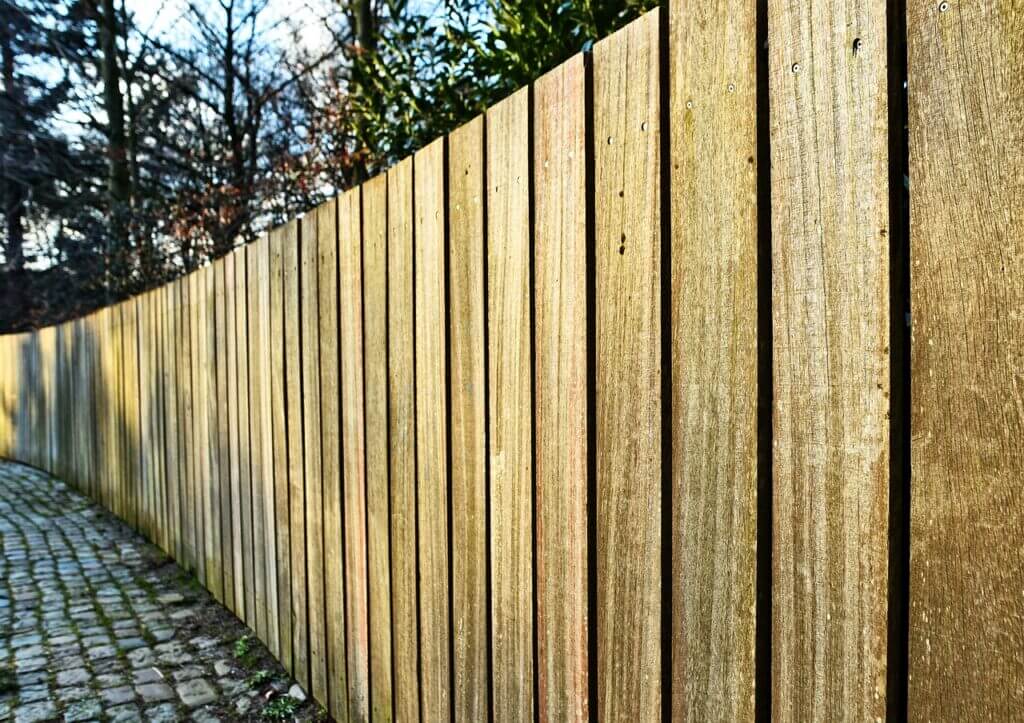
Stone privacy screen
Stone walls are extremely durable and robust. They not only provide excellent privacy, but also protect you from noise. Stone walls also require little maintenance and blend elegantly into a variety of garden designs.
However, the costs for the material and construction of a stone wall are relatively high compared to other methods. Installation is also labor-intensive and time-consuming, and once erected, stone walls are difficult to move or adapt.

Privacy screen made from plants
Plants are an aesthetically pleasing and ecologically valuable option for privacy screens. Suitable plants for hedges include the fast-growing privet, the robust and dense cherry laurel, thujas and boxwoods for those who prefer precisely trimmed hedges for aesthetics. A privacy screen made of plants is not only a visual highlight, it also improves the microclimate and provides a habitat for birds and insects. However, it needs time to grow properly – and also a lot of care (pruning and watering).
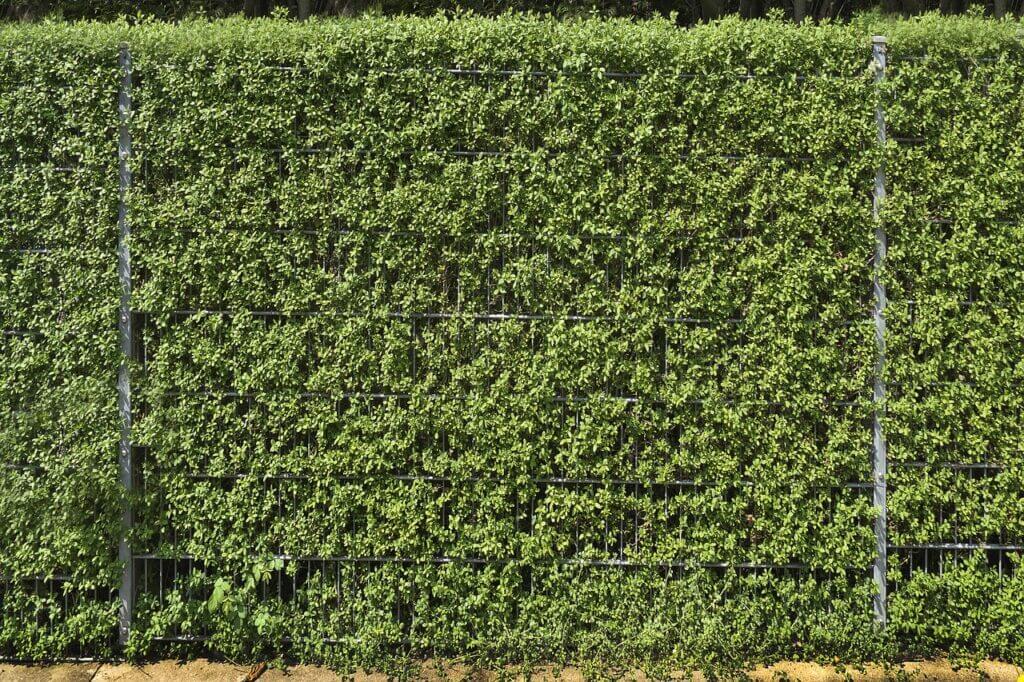
Legal provisions in Austria
Naturally, in Austria you are not allowed to put just any privacy screen in your garden – there are laws here too. In fact, it may not exceed a height of 180 cm, although this varies depending on the federal state and local regulations. Before erecting a privacy screen, you should therefore always consult the relevant building authority or take a look at the relevant building regulations. Problems with neighbors can arise in particular if a privacy screen shades the neighbor’s property or obscures the view. In such cases, it is advisable to seek a discussion and possibly find compromises in order to avoid protracted disputes.
Related posts:
Fassadenbegrünung: Die natürlichste Klimaanlage der Welt


